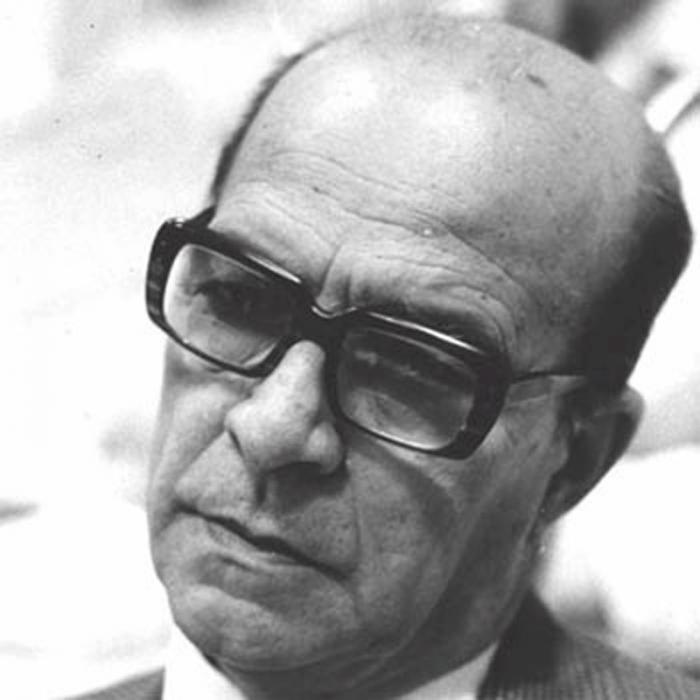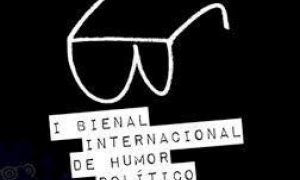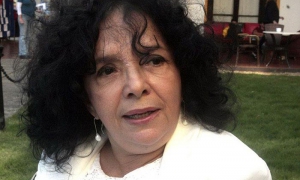
A moment as significant as a centenary invites reflection on the life and work of a writer or artist, and this is precisely what is on hand this year, in the case of Cuban author Onelio Jorge Cardoso (1914-1986), magnificently defined as a “a stalker of stories.” Onelio Jorge Cardoso, Cuba’s storyteller. His renowned mastery of storytelling, unique voice, handling of dialogue, elegant humor and clarity have earned him a place among the greatest of this genre in Latin America, along with the likes of Borges, Quiroga, Cortázar, Rulfo and Guimarães Rosa. Onelio Jorge Cardoso, was born in Calabazar de Sagua, a small town in central Cuba. He studied Science and Letters at the Santa Clara Institute, but was unable to go on to university as a result of economic difficulties. He worked in several trades, and as a traveling salesman, which allowed him to become familiar with other places and, above all, countless individuals who later served as models for characters in his stories. He began to write at an early age and in 1945 won the prestigious Alfonso Hernández Catá contest with Los carboneros. The jury which awarded this national prize was composed of important intellectuals, including Fernando Ortiz, Juan Marinello and Rafael Suárez Solís. In 1971, in the magazine Cuba, Marinello gave his impression of Onelio’s work, “Within that year’s expansive narrative jungle, I discovered an uncommon innovator with a distinct, surprising tone. It was a short, penetrating story which announced a great writer.” He continued, “The promise was fulfilled. Onelio Jorge Cardoso is today a powerful storyteller of real American stature, whose presence is saluted with admiration.” His 45th year was a productive one for Onelio Jorge Cardoso, with the publication in Mexico, prepared by another Cuban intellectual, José Antonio Portuondo, of his first book, Taita, diga usted cómo, which included four stories entitled “El homicida,” “Una visión” and “Nino.” Portuondo wrote in the brief prologue, “Onelio Jorge Cardoso’s stories, always referring to the rural environment, are characterized by their sobriety, with an admirable economy of elements.” His second book did not appear until 1958, the now fabled El cuentero, published by the Las Villas Central University. This fundamental work was circulated in the magazine Humanidades, based in Mérida, Venezuela, along with comments by critic M. R. Alonso, who wrote, “Arriving to us is this ship, printed in Havana, loaded with stories, some excellent, some stupendous, written by Onelio Jorge.” His third book, El caballo de coral, was published in 1960, and when the Chilean Nobel Prize winner Pablo Neruda arrived to Cuba in 1961, he was introduced to Onelio Jorge’s stories. He commented to the Cuban poet Fayad Jamís, “One of my latest literary surprises has been the book of stories by Onelio Jorge Cardoso (...) he is one of the best storytellers in the Americas. His narratives are fast, sharp and very beautiful.” In 1962, the first edition of Cardosa’s complete works was published with illustrations by René Portocarrero, and that same year, Gente de pueblo, a collection of news stories with photos by José Tabío, and a prologue by another great from the era, Samuel Feijóo, whose centenary is also being celebrated. His work began to be published more often. In 1964 a new book of stories came out, La otra muerte del gato, and the following year, a small volume with the story El perro; in 1966, Abrir y cerrar los ojos; in 1974, El hilo y la cuerda; in 1981, the collection of news stories Gente de un nuevo pueblo; and 1982, Caballito blanco, a compilation of stories for children.. From 1976 until his death, he was president of the Union of Cuban Writers and Artists literature section. In 1983 he was awarded an Honorary Doctorate by Simón Bolívar University in Bogotá, Colombia, and in 1984, from the University of Havana. His last book for adults was La cabeza en la almohada published in 1983, followed in 1984 by a novel for children, Negrita. The legendary writer continues to receive attention from experts in Cuba, Latin America and Europe, who study the distinctive features of the body of his work, its essential facets, stylistic and ideological values, the particularities of the language and structure of his stories, which have been translated into Bulgarian, Russian, German, Czech, Chinese, English and French, and included in many anthologies. But what could be better than giving the floor to the man himself, known in Cuba as the Cuentero Mayor (the Greatest Storyteller), evoking one of his emblematic works. A Mexican journalist asked Onelio Jorge what was most important to him in a story. He responded, “The most important is to move, that is, to convince by way of the emotional. And above all, giving the reader the opportunity to compliment the story. In a word: to suggest.” Several generations of Cubans have enjoyed the beautiful creations left us by Onelio Jorge Cardoso, in his ever-current, living stories.






